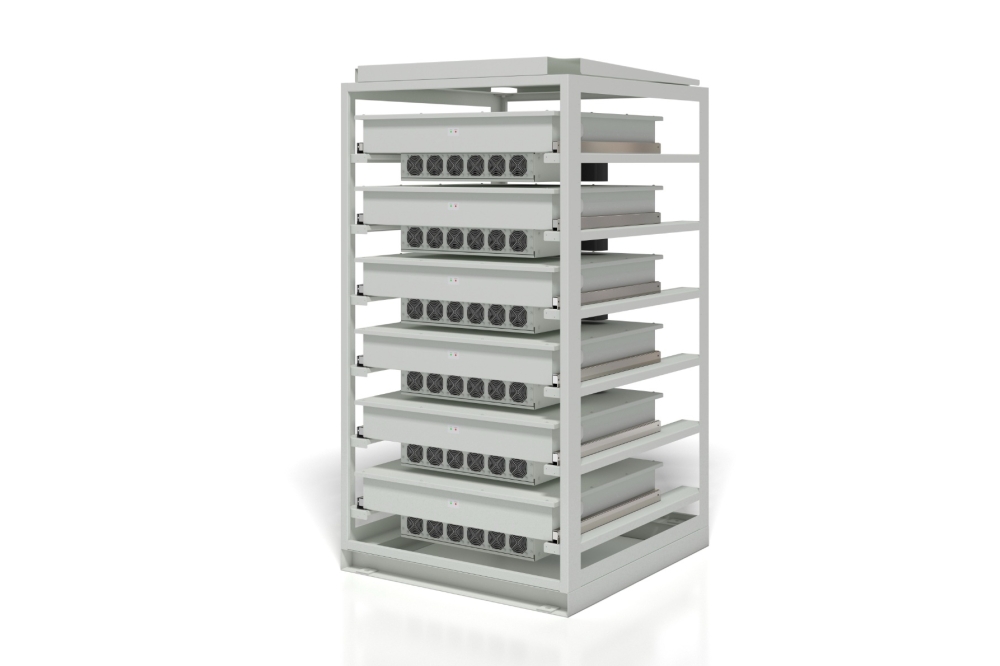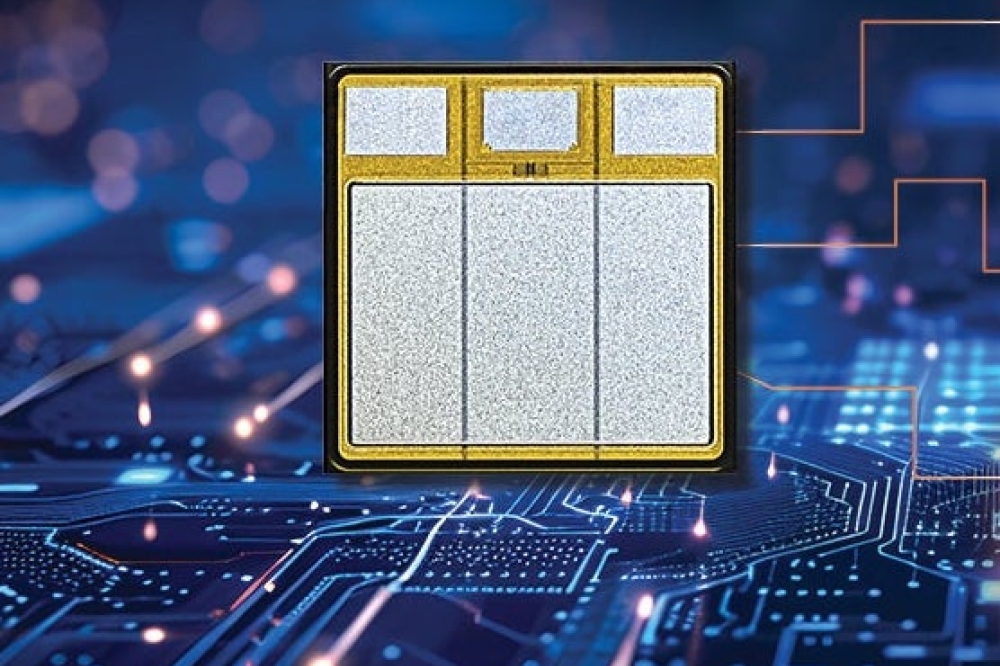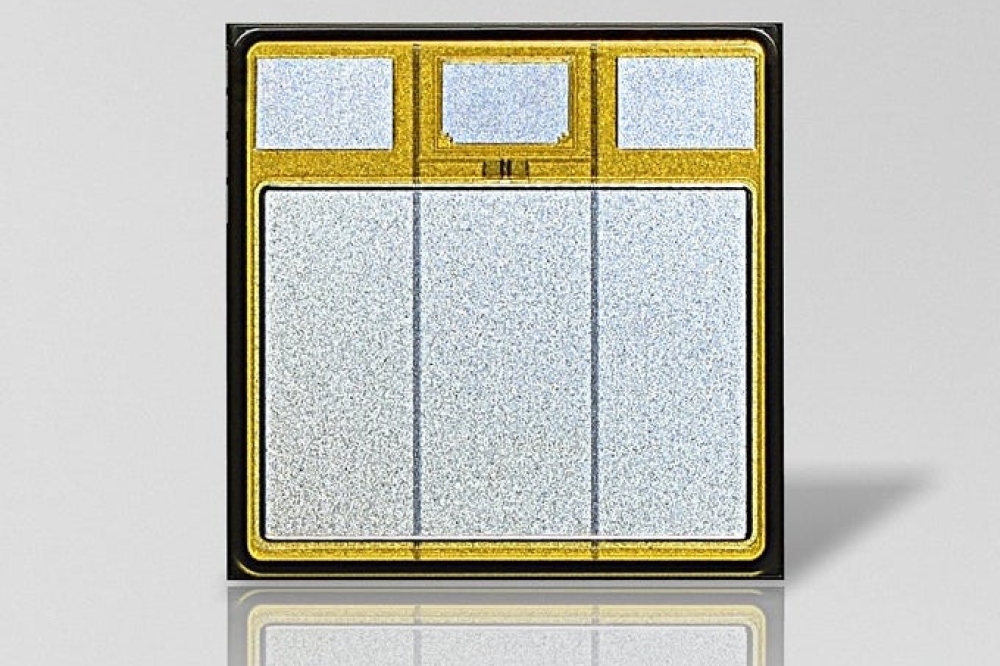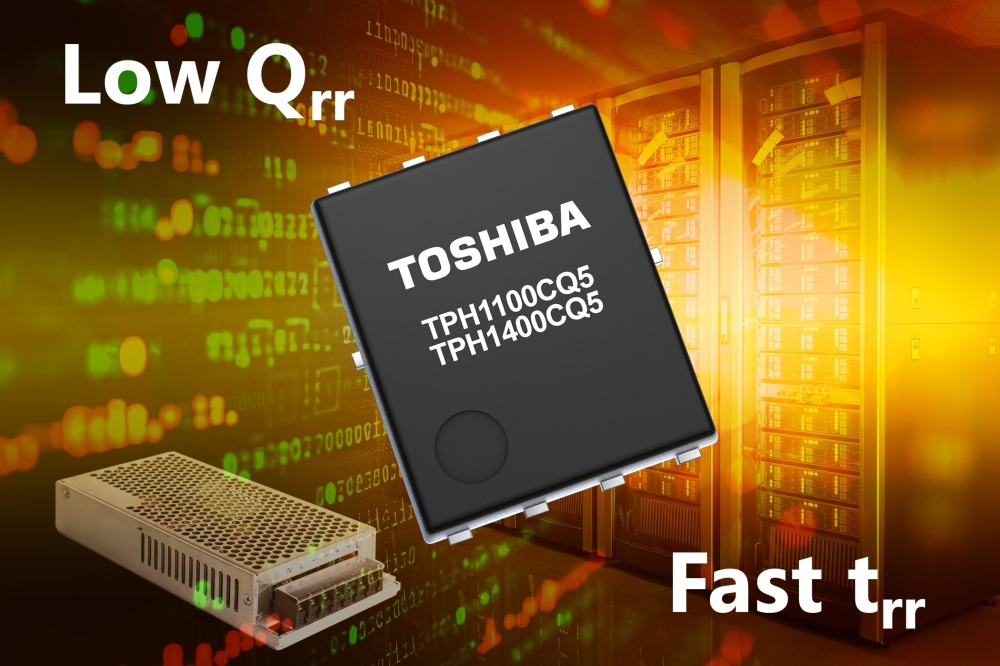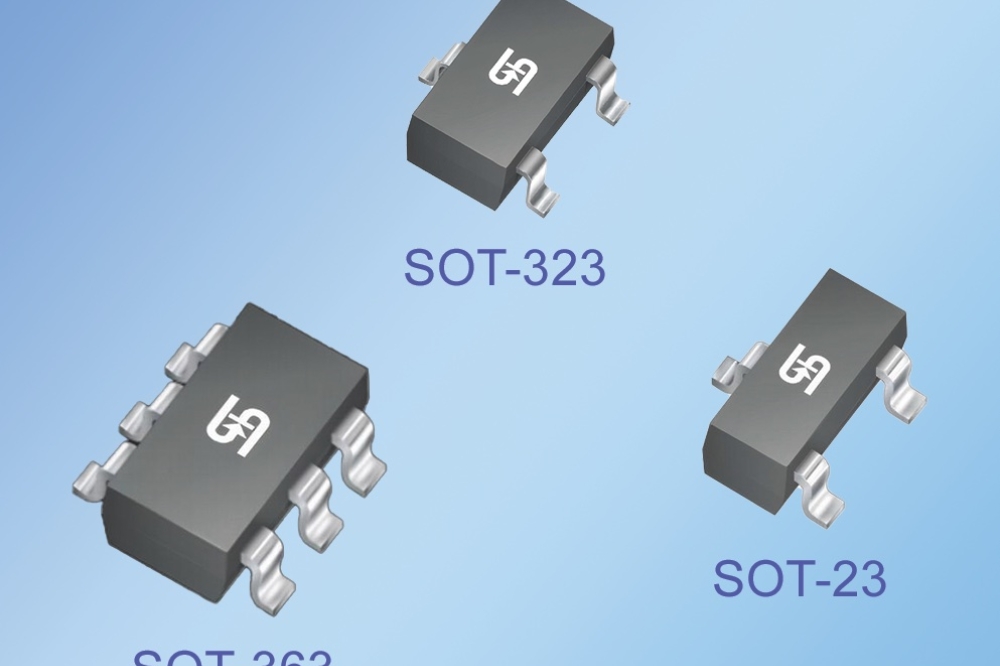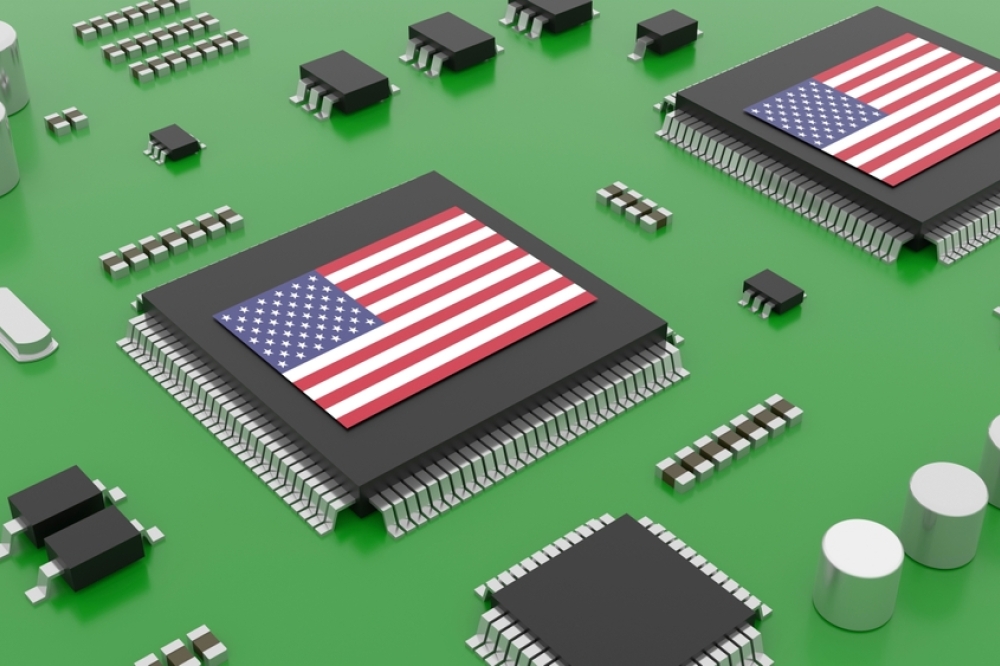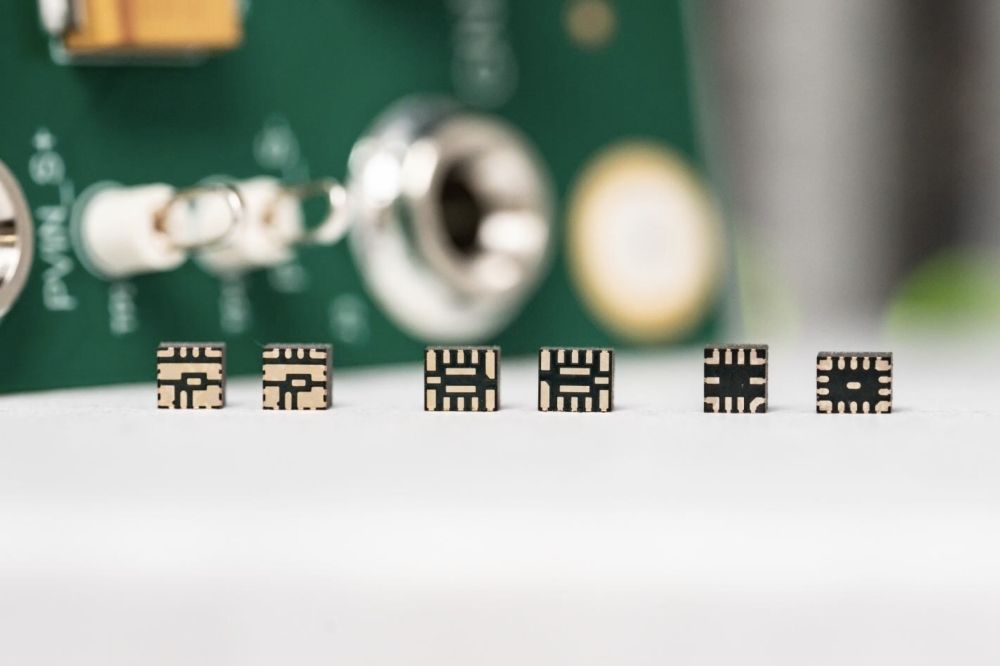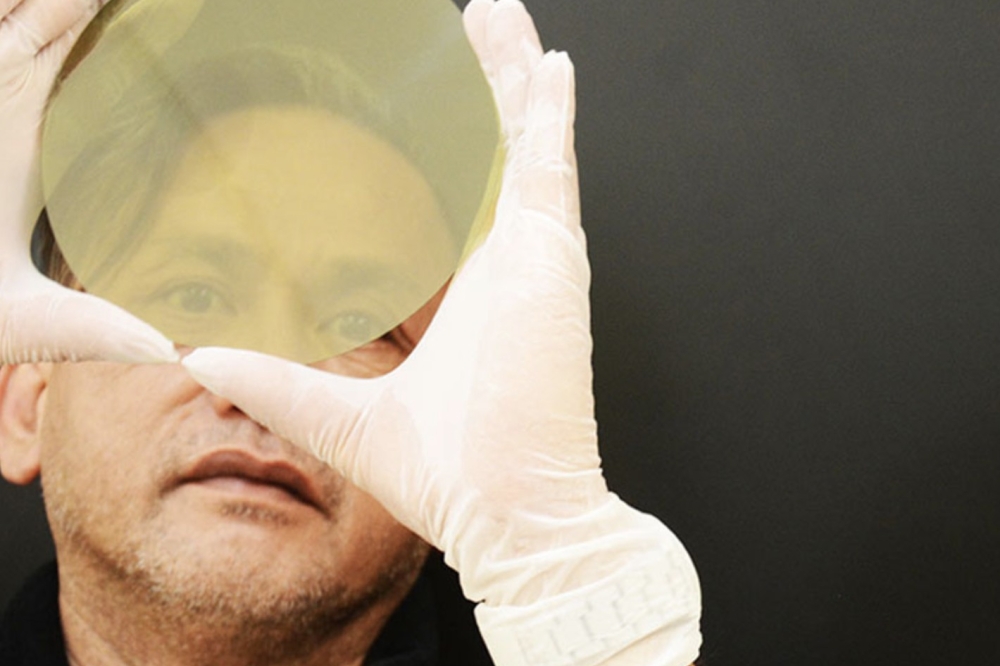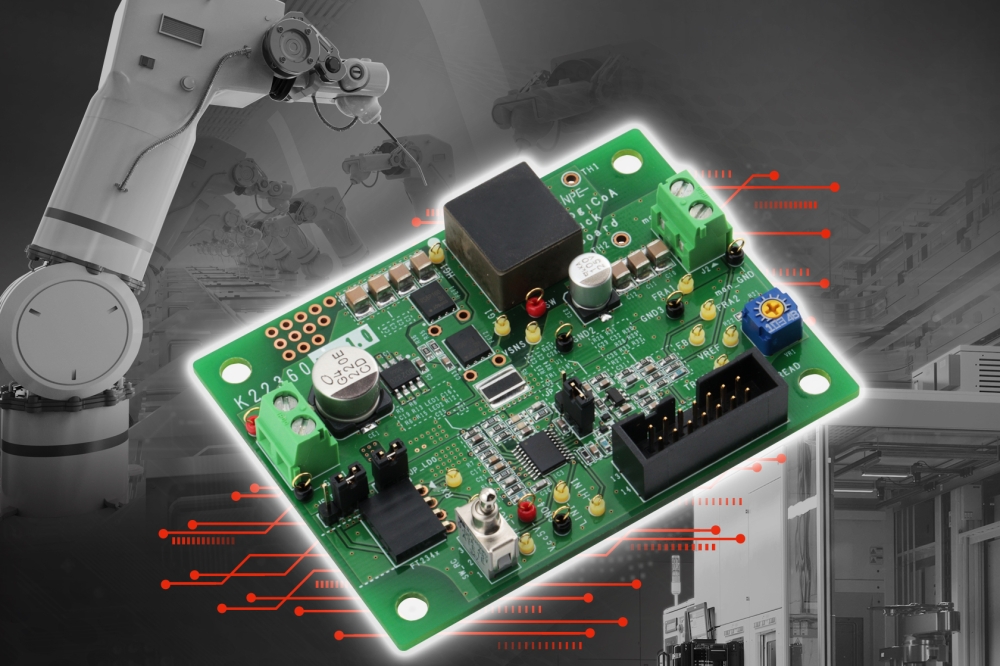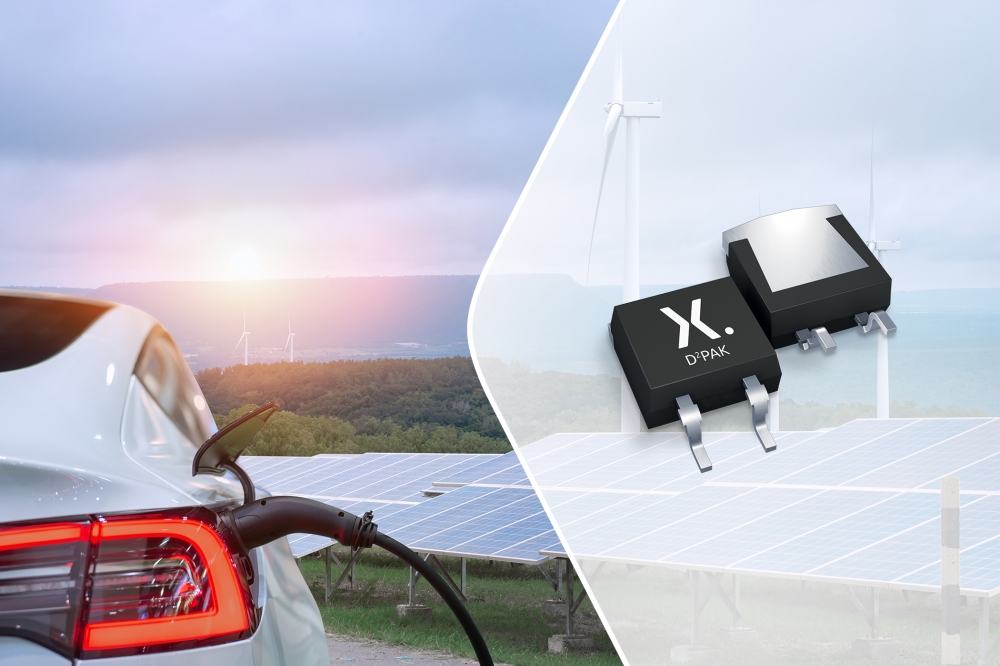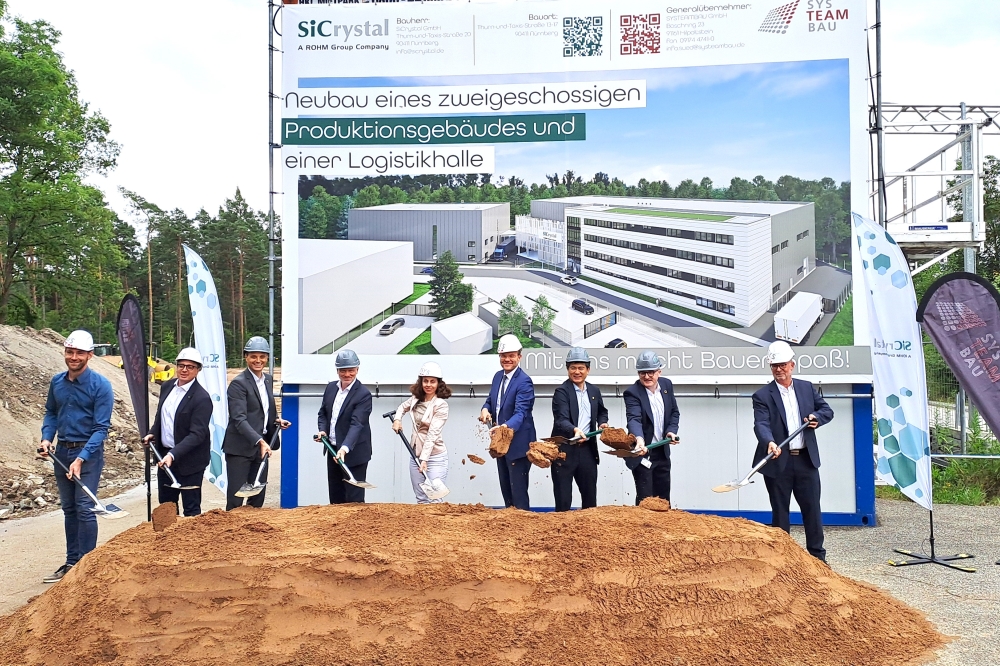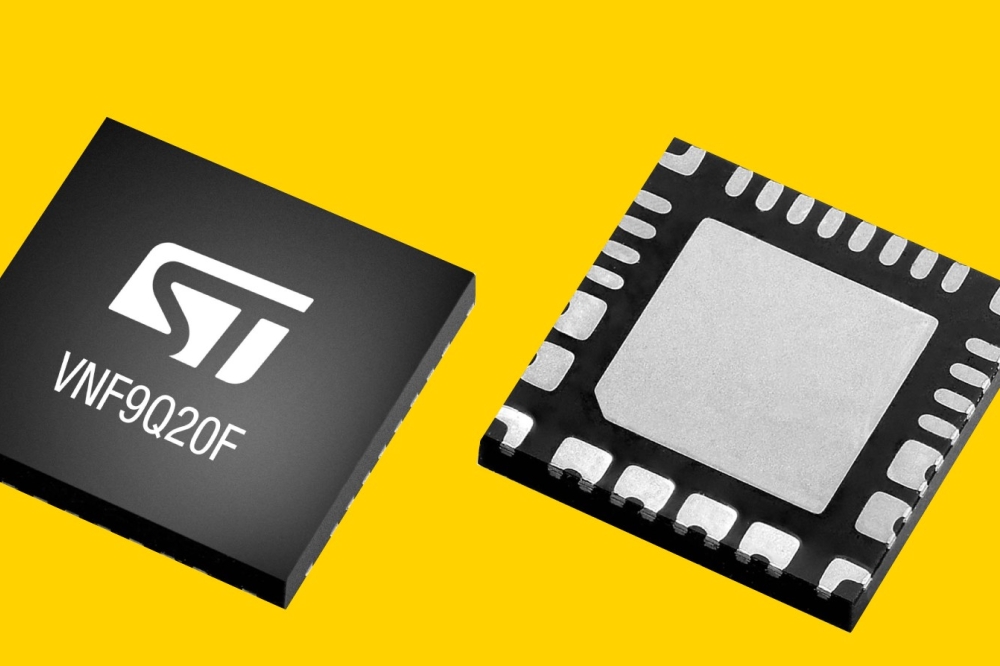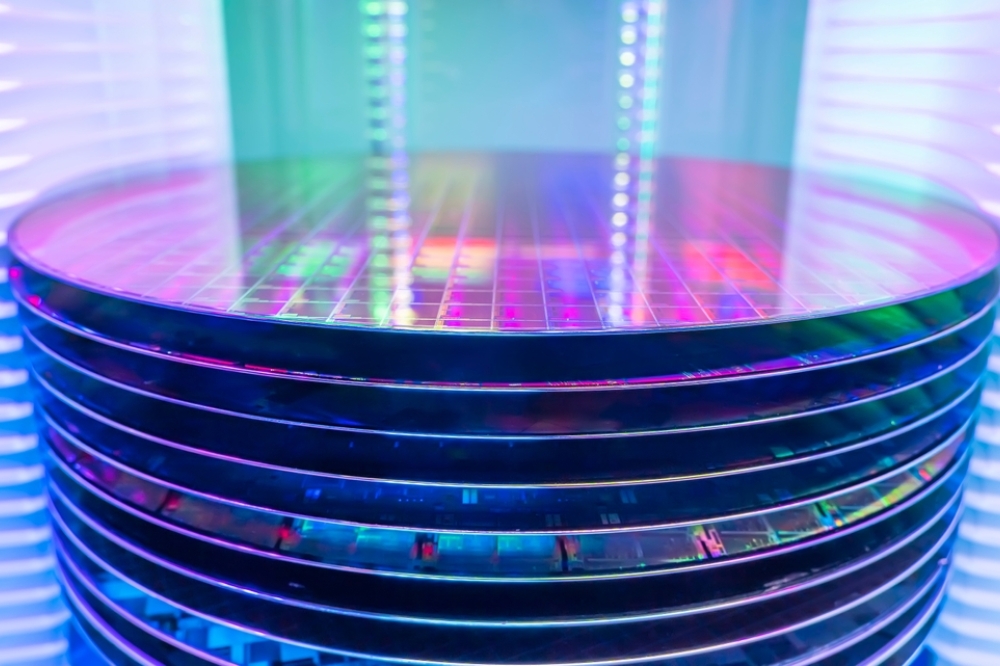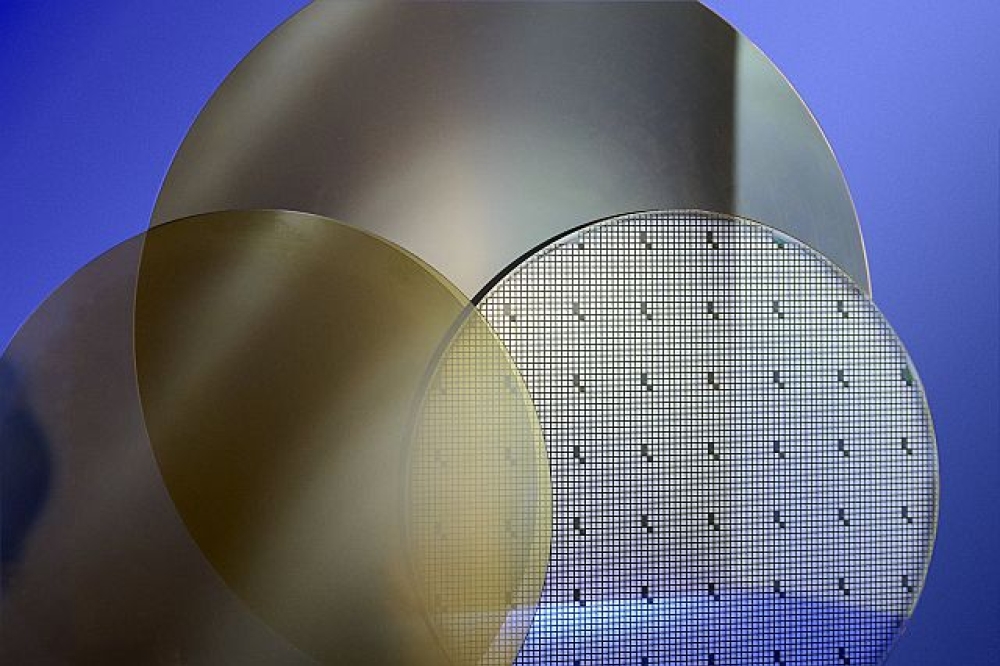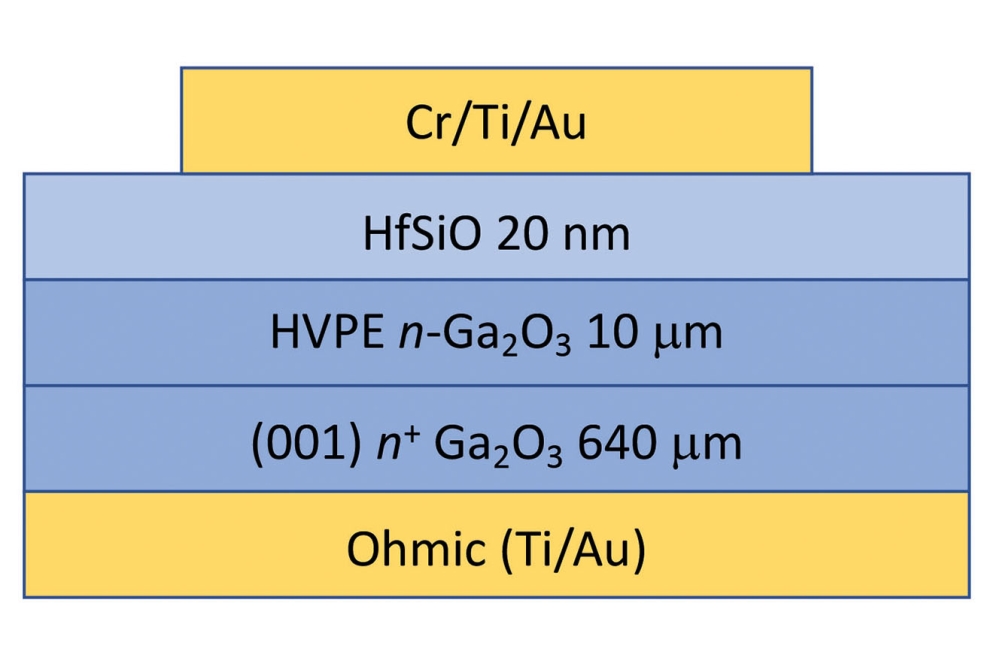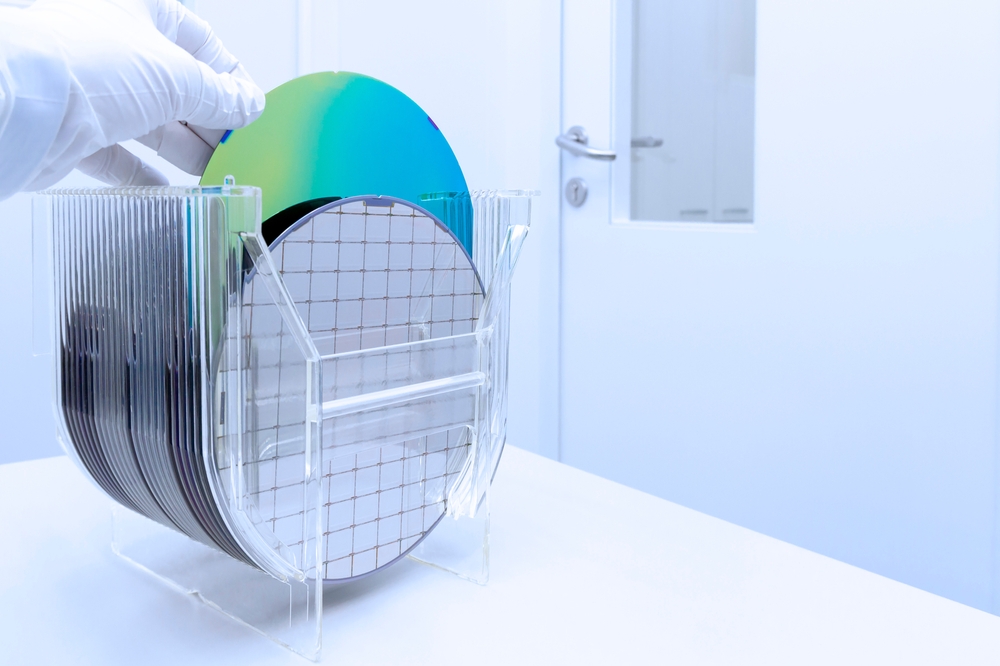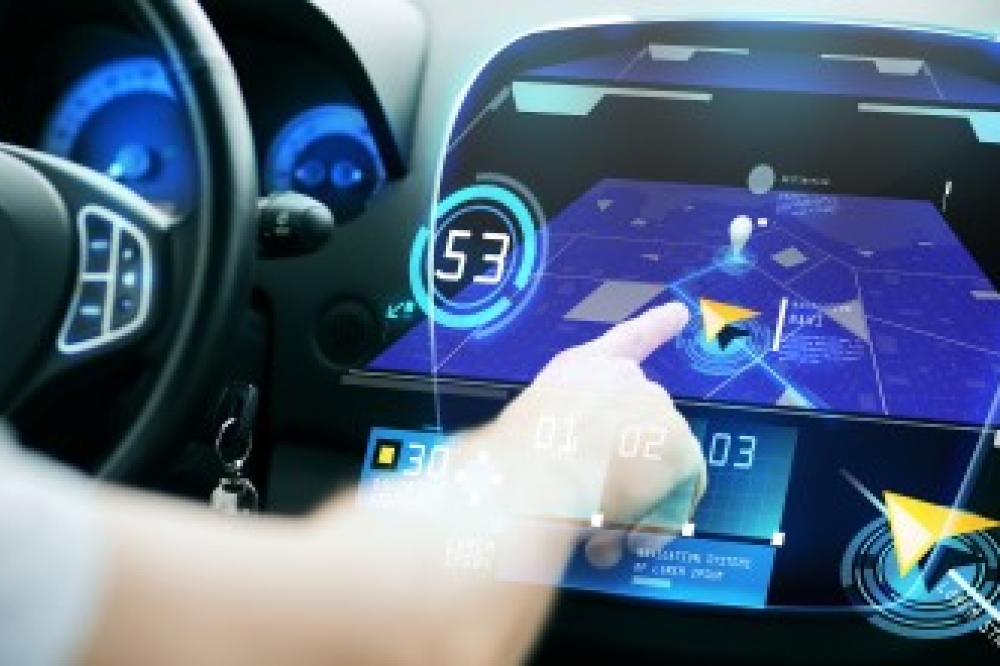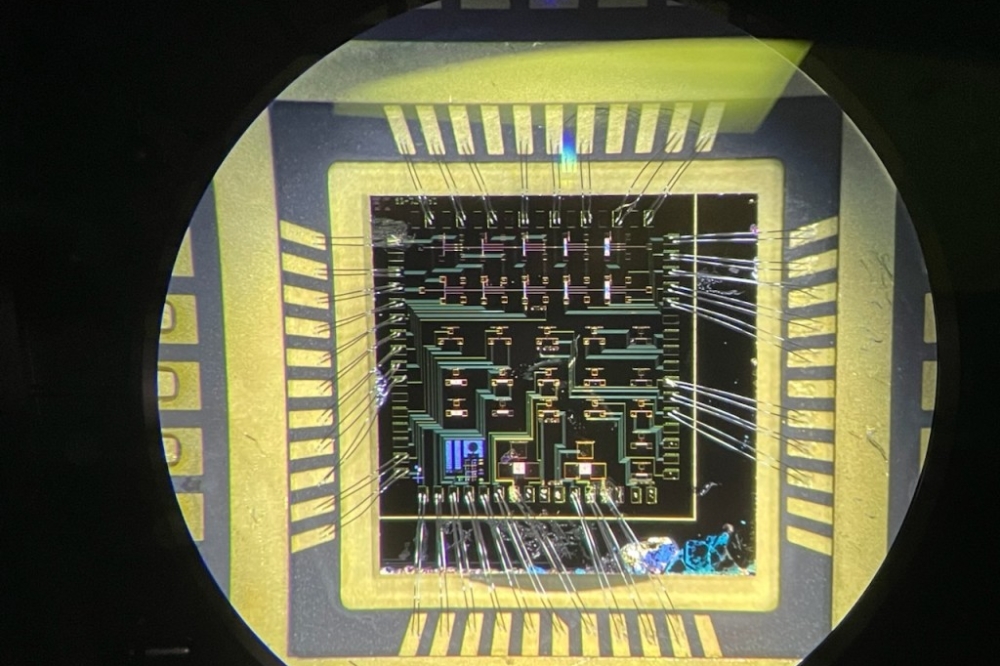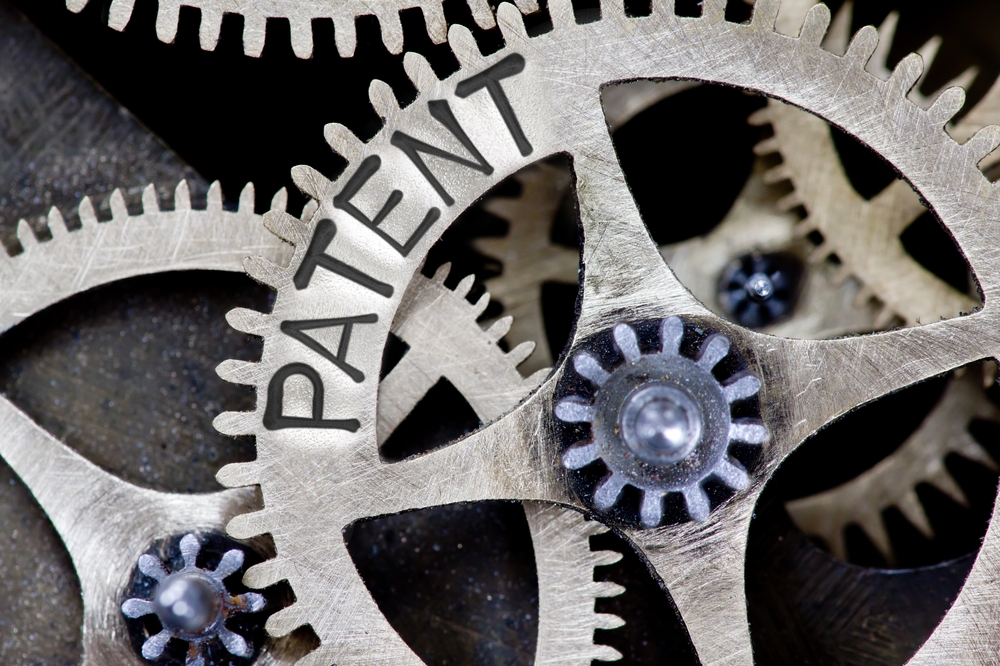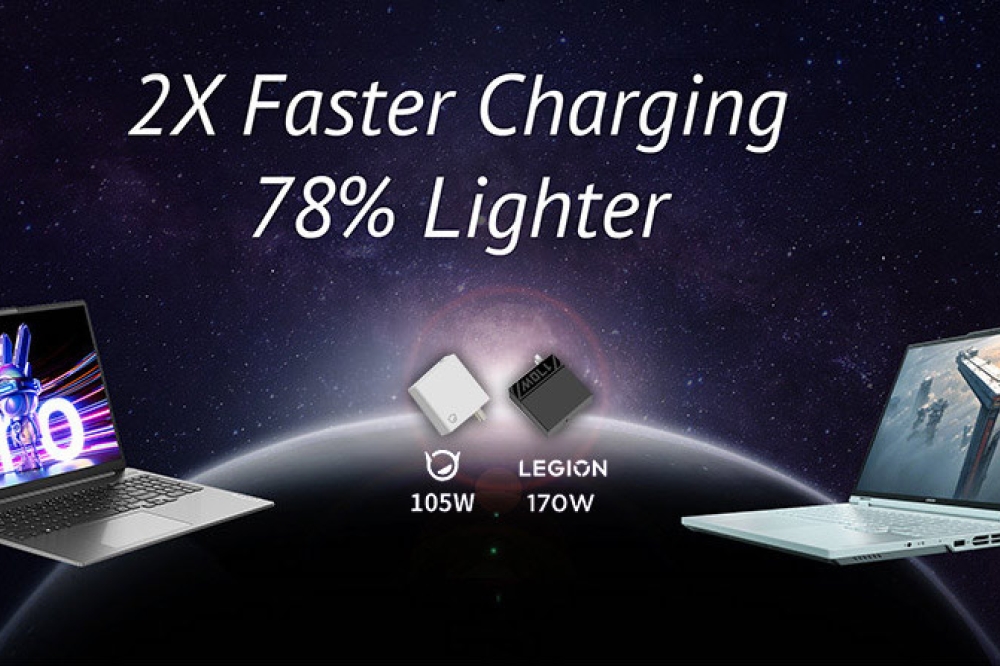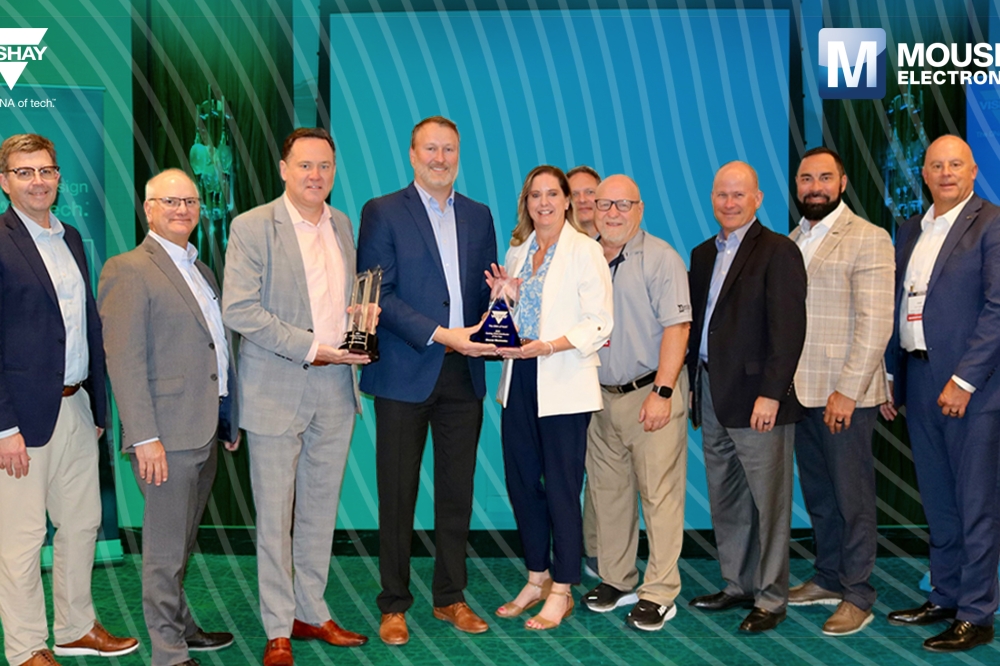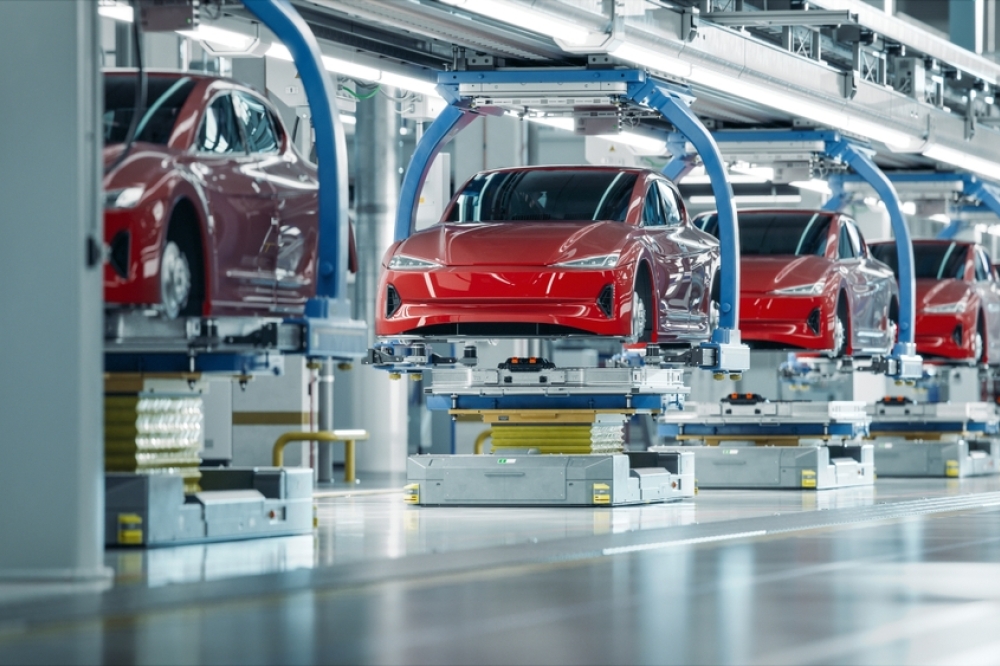Second life for car batteries
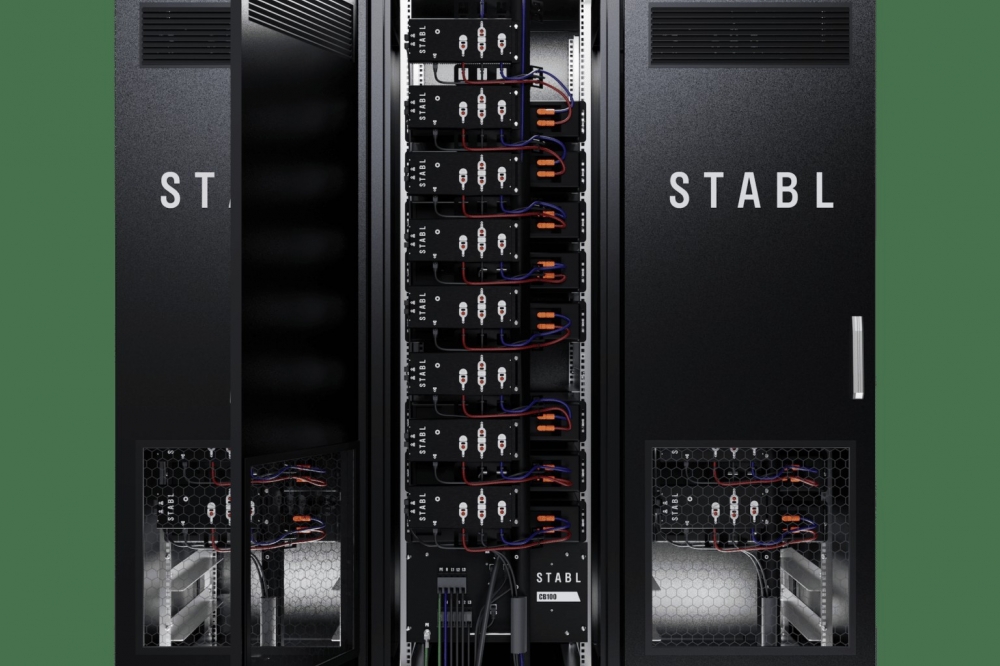
German start-up STABL is using Infineon MOSFETs to make energy storage systems from retired EV batteries
German start-up STABL Energy is using 100V OptiMOS 5 MOSFETs from Infineon to make stationary energy storage systems from retired electric passenger car batteries.
STABL's technology can connect discarded batteries with different residual capacities to the public power grid, even in larger quantities, without a central inverter. The first pilot systems have already been put into operation in Germany and Switzerland.
The company wants to increase the use of renewable energy and extend the life cycle of car batteries. "We can use MOSFETs from Infineon to integrate power electronics and batteries with one another. In this way, we are developing more flexible and safer solutions for connecting energy storage systems to the public power grid. We are taking a technological innovation leap for the second-life use of electric passenger car batteries," says Arthur Singer, founder and co-CEO of STABL Energy. "Compared to conventional systems, this reduces loss by up to 70 percent and cuts both operating costs and CO 2 emissions by up to 40 percent per year."
Now that STABL's first storage units have passed CE and grid connection standards for Germany and have been connected to the grid in Germany, a first unit in Switzerland has also been connected. Here, 27 discarded KIA batteries with a nominal capacity of 98 kWh serve a residential neighborhood as temporary storage for solar energy.


